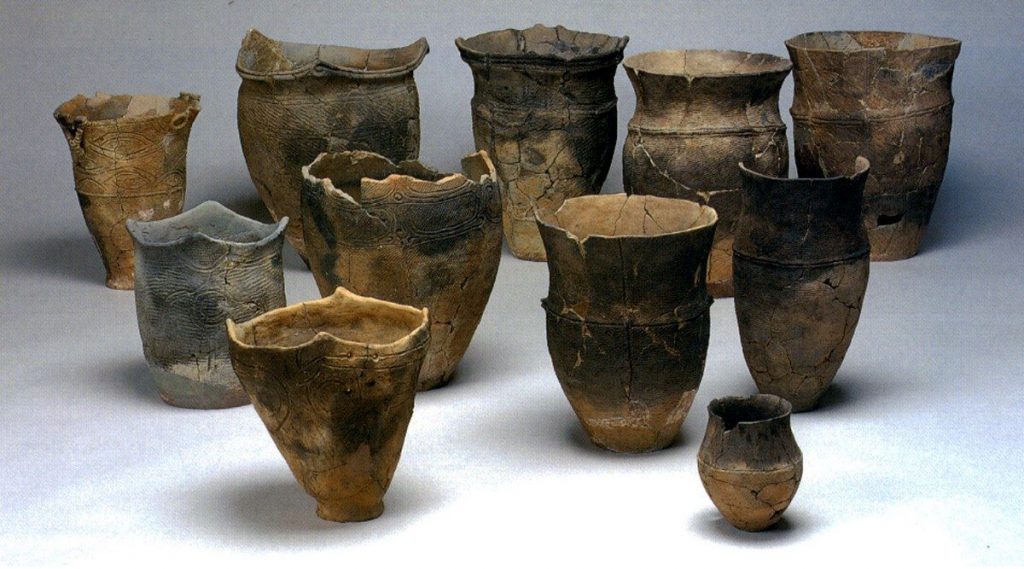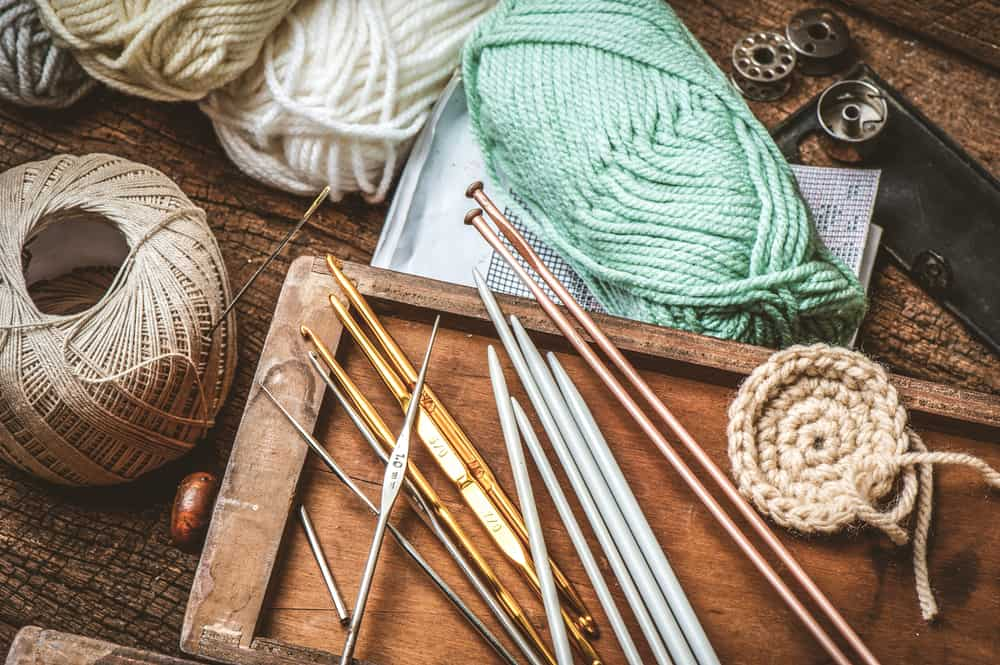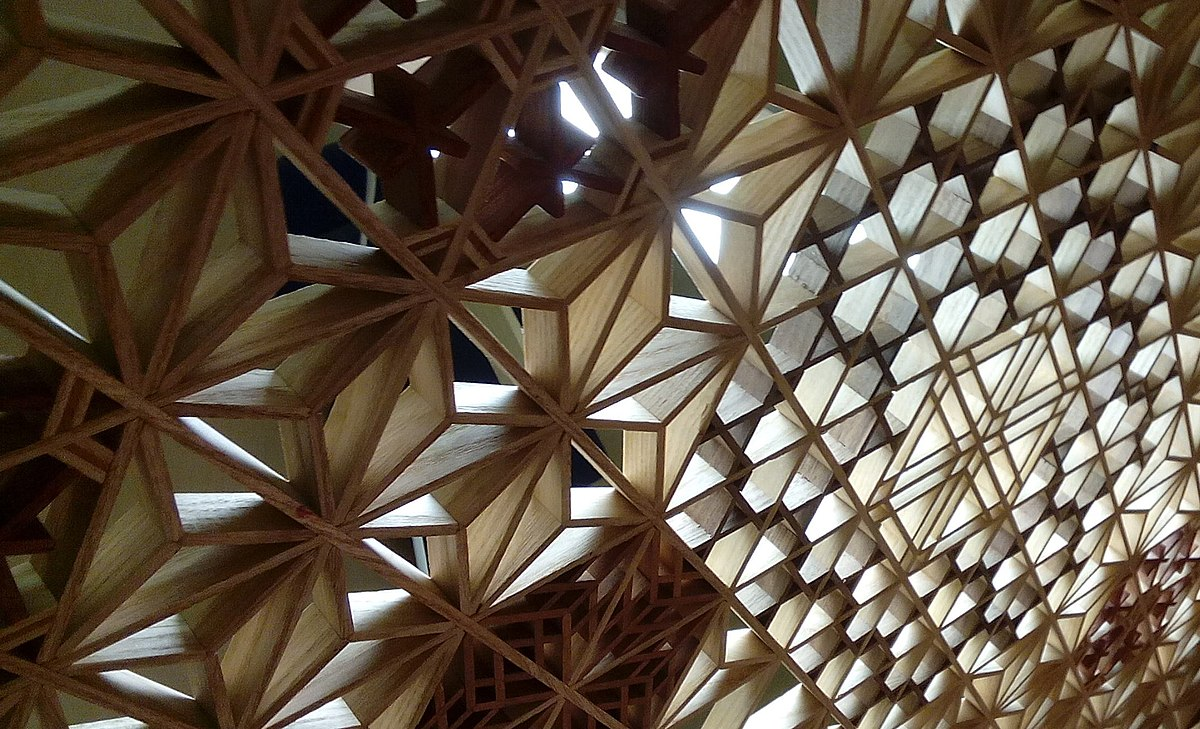Jomon pottery, originating from prehistoric Japan around 14,000 BCE, is considered one of the oldest forms of ceramic art in the world. Known for its distinctive cord-marked patterns and elaborate coil designs, Jomon pottery offers a fascinating glimpse into the artistic and functional sensibilities of early hunter-gatherer societies. These hand-built vessels were used for cooking, storage, and rituals, and their aesthetic complexity reveals a deep cultural appreciation for form and symbolism—even in utilitarian objects.
What makes Jomon pottery particularly compelling is the innovation it represents at such an early stage of human history. Long before the invention of the potter’s wheel, Jomon artisans skillfully crafted these intricate pieces using only their hands and natural tools. The clay was decorated with rope impressions (from which the term “Jomon” derives) and sometimes shaped into flame-like rims, showcasing not only technical prowess but also spiritual and ceremonial significance.
Today, Jomon pottery is celebrated as a cornerstone of Japanese cultural heritage and a valuable link to humanity’s shared artistic roots. Museums and archaeologists around the world study these artifacts to better understand ancient lifestyles and craftsmanship. For ceramicists and art historians alike, the Jomon period continues to inspire awe and respect, reminding us how early humans expressed creativity through earth, fire, and form.





